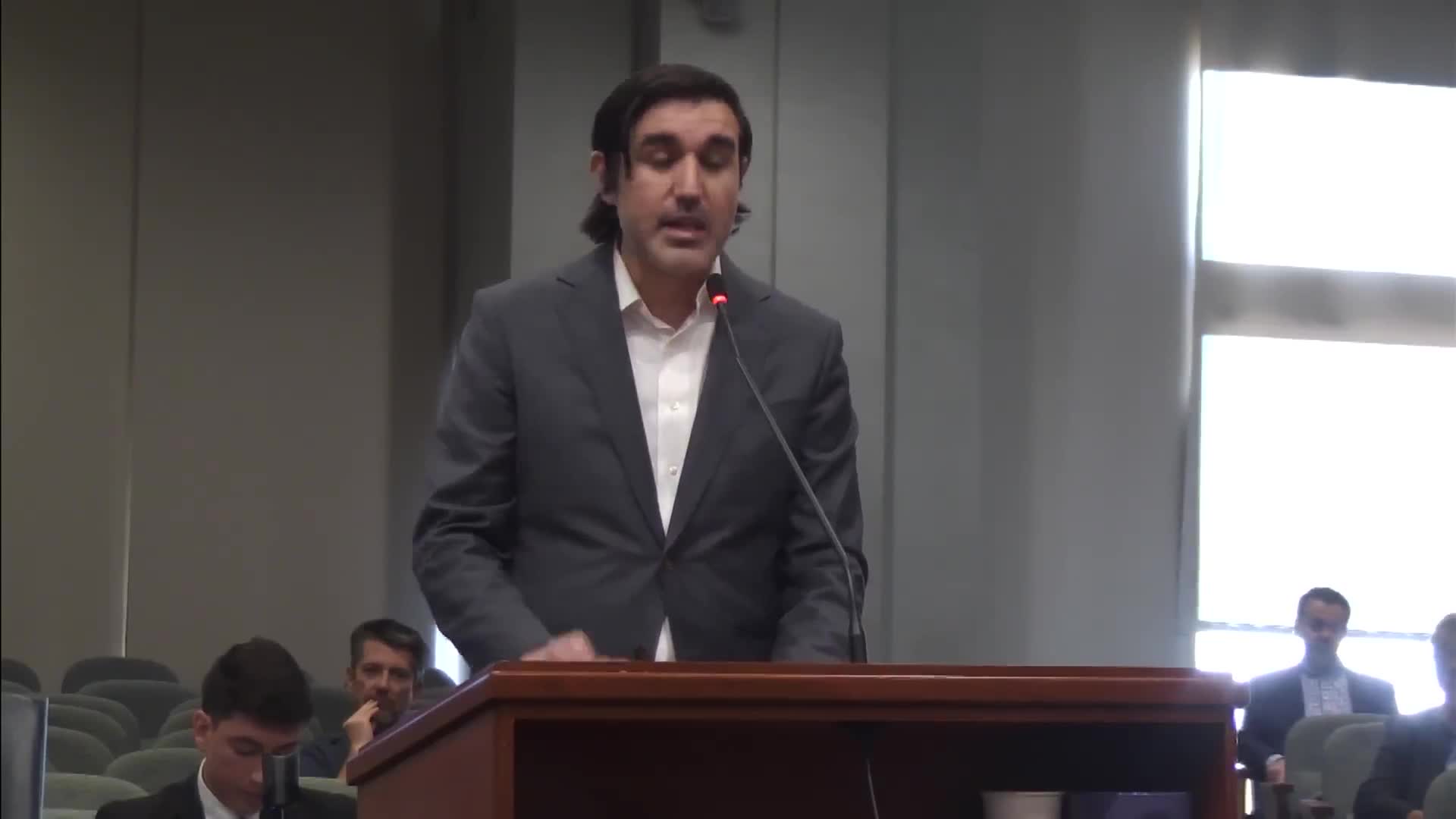California agencies secure $2B for LA transit and rail enhancements
May 30, 2025 | California State Senate, Senate, Legislative, California
This article was created by AI summarizing key points discussed. AI makes mistakes, so for full details and context, please refer to the video of the full meeting. Please report any errors so we can fix them. Report an error »

On May 30, 2025, the California State Senate convened the Senate Transportation Subcommittee to discuss the critical issues surrounding the Lossan Rail Corridor Resiliency. The meeting highlighted the urgent need for enhanced funding and strategic planning to bolster passenger rail services in the Los Angeles area.
A significant focus of the discussions was the allocation of $2 billion in funds already committed by state and regional agencies for various transit and rail projects. This includes nearly $900 million in emergency relief funds approved in the 2023 budget, which are essential for maintaining operations of Los Angeles member agencies. Additionally, over $1.1 billion in grants from the California State Transportation Agency (CalSTA) are aimed at supporting transit and rail agencies through the Transit and Intercity Rail Capital Program (TIRCP).
The urgency of the situation was underscored by speakers who emphasized the necessity for the governor and legislature to finalize a cap-and-invest plan that secures funding through 2030 and maintains historic funding levels for transit rail projects through 2045. This plan is crucial for expanding eligible expenditures and ensuring investments in shared rail corridors and stations, which are vital for increasing ridership.
Jacob Wasserman, a research program manager at UCLA, provided insights into the current state of rail ridership in the region. He noted that Los Angeles currently accounts for less than 1% of ridership in corridor counties, with bus services remaining the primary mode of public transport. The pandemic has severely impacted commuter rail ridership, which has not yet recovered to pre-pandemic levels. Wasserman suggested that improved regional coordination among transit agencies could enhance service delivery and ridership.
The meeting also addressed the need for a more integrated approach to transit planning. Wasserman proposed models of regional coordination that could streamline service planning, fare structures, and customer information across different agencies. He highlighted the potential benefits of electrifying the rail corridor and establishing a dedicated funding source for its maintenance and improvement.
In conclusion, the discussions at the Senate Transportation Subcommittee meeting underscored the critical need for strategic investments and coordinated efforts to enhance the resilience and efficiency of the Lossan Rail Corridor. As the region continues to grapple with transportation challenges, the outcomes of these discussions will play a pivotal role in shaping the future of rail services in Southern California. The committee's next steps will involve further deliberations on funding strategies and collaborative planning efforts to address the pressing needs of the rail system.
A significant focus of the discussions was the allocation of $2 billion in funds already committed by state and regional agencies for various transit and rail projects. This includes nearly $900 million in emergency relief funds approved in the 2023 budget, which are essential for maintaining operations of Los Angeles member agencies. Additionally, over $1.1 billion in grants from the California State Transportation Agency (CalSTA) are aimed at supporting transit and rail agencies through the Transit and Intercity Rail Capital Program (TIRCP).
The urgency of the situation was underscored by speakers who emphasized the necessity for the governor and legislature to finalize a cap-and-invest plan that secures funding through 2030 and maintains historic funding levels for transit rail projects through 2045. This plan is crucial for expanding eligible expenditures and ensuring investments in shared rail corridors and stations, which are vital for increasing ridership.
Jacob Wasserman, a research program manager at UCLA, provided insights into the current state of rail ridership in the region. He noted that Los Angeles currently accounts for less than 1% of ridership in corridor counties, with bus services remaining the primary mode of public transport. The pandemic has severely impacted commuter rail ridership, which has not yet recovered to pre-pandemic levels. Wasserman suggested that improved regional coordination among transit agencies could enhance service delivery and ridership.
The meeting also addressed the need for a more integrated approach to transit planning. Wasserman proposed models of regional coordination that could streamline service planning, fare structures, and customer information across different agencies. He highlighted the potential benefits of electrifying the rail corridor and establishing a dedicated funding source for its maintenance and improvement.
In conclusion, the discussions at the Senate Transportation Subcommittee meeting underscored the critical need for strategic investments and coordinated efforts to enhance the resilience and efficiency of the Lossan Rail Corridor. As the region continues to grapple with transportation challenges, the outcomes of these discussions will play a pivotal role in shaping the future of rail services in Southern California. The committee's next steps will involve further deliberations on funding strategies and collaborative planning efforts to address the pressing needs of the rail system.
View full meeting
This article is based on a recent meeting—watch the full video and explore the complete transcript for deeper insights into the discussion.
View full meeting
